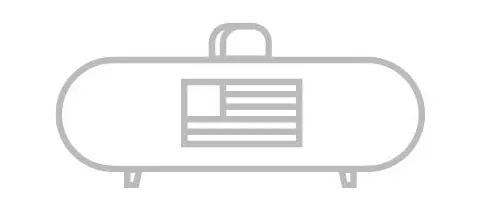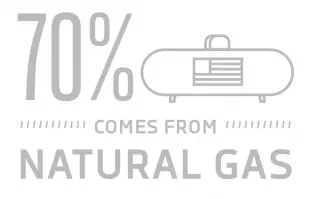- Main page
- Search
- Up to date
- Products
- Technology
- Vehicles
- Video
- Conversion Payback Simulator
Port Injection - Conversion Payback Simulator
Direct Injection - Conversion Payback Simulator
Diesel - Newsletter
LPG versus petrol the American way
 loading results...
loading results...A company called – very appropriately – Propane decided to pit LPG against the most popular conventional and alternative fuels to demonstrate the properties and advantages autogas has over them. Even if you feel you know the differences, read on to find out how they perceive LPG stateside.
Savings
No surprise here – one of the basic motivators behind switching from petrol to autogas is the money you avoid spending. The difference, however, is that in the US it's primarily fleets, not individual drivers, who cut their fuel bills. And those fleets consist of pick-ups, vans, medium-duty trucks and school buses rather than any other kinds of vehicles. Propane cites Thyssen Krupp Elevator as an example here – since the company's Phoenix, Arizona division's fleet was converted, annual savings have been exactly 4152 dollars per vehicle. Who these days can afford to ignore that? Federal and/or state tax breaks or incentives are additional cost-cutting, savings-boosting factors.
More affordable infrastructure
You would think end users don't care much about the cost of constructing autogas stations, because they only use them, but don't build them. Well, actually they do build them – unlike in Europe, in the US autogas refueling sites are funded by companies planning to switch their fleets to LPG. These stations are sometimes made publicly available, but often remain internal, exclusive ones. Obviously, erecting your own station means investing more money in the beginning, but also generates more savings afterwards, because fleets make long-term agreements with LPG suppliers, which enables them to negotiate prices and pay less per gallon than they would at a public station (if there was one nearby). Luckily, autogas tanks and pumps are relatively affordable, because EPA (the Environmental Protection Agency) rightly assumes LPG is a non-toxic fuel (it doesn't contaminate air, ground or water), so a station distributing it doesn't need as much equipment as conventional fuel counterparts.
Made in the USA
The Toyota Camry may have been the best-selling mid-size sedan for the past 20 years or so, but still American buyers tend to choose local products over imports and it's no different when it comes to fuels. While petrol is produced from imported oil, LPG is made locally from locally-extracted shale natural gas (70% of US-made LPG comes from methane purification) and since that natural gas is now produced in large quantities, LPG is easily available and cheap. Plus, by choosing autogas American fleets support creating jobs, so it's well perceived to make the switch from imported to local. And if the vehicle to be converted is a Ford or a Chevrolet, American buyers can rest assured they did the right thing.
The environment
By 12% less carbon dioxide (CO2), by 20% less nitrogen oxides (NOX) and by as much as 60% less toxic carbon oxide (CO) – that's autogas' environmental record. Speaking more practically, this means by 25% less greenhouse gasses and by 40% less hydrocarbons responsible for the creation of smog in cities. If these are not tangible advantages, then what is? In some places around the world autogas' lower emission values are just accepted as added value, because governments in no way reward drivers for choosing it, but in the US there are incentives and tax breaks available – it just pays to go "green”.
Simple? Very. Obvious? Maybe, but that's the way to explain the new and unknown to laymen – to make it look simple and obvious. Propane (the company) also made a comparison of LPG and CNG to highlight the former's advantages, but we'll come to that in due time.









